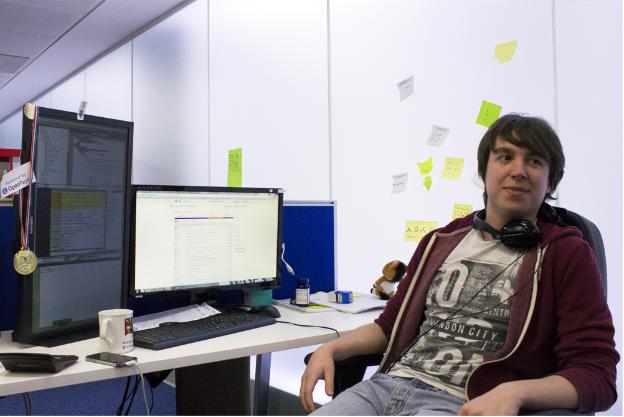An article by Mashable titled “You’re Looking at It Wrong — Why the Web Demands Vertical Screens” brought up the interesting and mind bending issue of how people use their screens.
It’s pretty safe to say that, at this moment in time, the majority of you reading this post on a desktop computer or laptop will have their screen in horizontal or “landscape” alignment. A vertical screen may seem like a wild idea, but when you consider a huge percentage of websites are very long and require a huge amount of scrolling, maybe it’s not really as bad an idea as you first thought.
At the top of this page is a prime example – our senior developer Adrian’s desk set up.
“I was exposed to using a vertical monitor at Imperial College London. They had Dell UltraSharp monitors which could be rotated 90 degrees allowing for both vertical and horizontal modes. When working on a C project the vertical mode came into its own – I was able to view a lot more code at once by just rotating my monitor. When returning to Clear Books full time I specifically requested a vertical monitor because of the good experience I had at Imperial.
Many people were sceptical of such an orientation. However I was able to prove its worth and a few developers tried to imitate my trend. Verticalism had become cool. I now have three monitors and the vertical one is used mainly for displaying code and a large buffer of command line history. Work has never been so easy.”
And following suit is Rob, our University of Kent placement developer:
Due to the impracticality of most monitors and laptops being hinged in one position, vertical is definitely something you should consider! With the boom in mobile devices like mobile and tablets, vertical screens are actually slowly creeping into trend.
What do you think? If monitors were able to sit vertically or “portrait” aligned, would you consider giving that a go? Leave your comments below!


